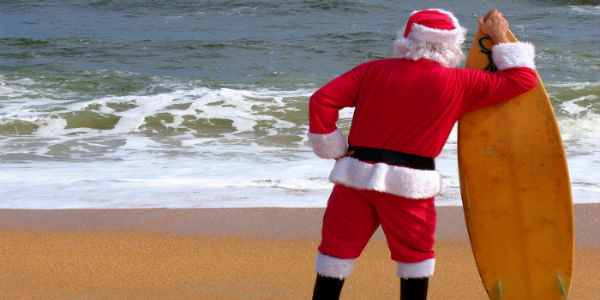What credit unions can learn from Santa Claus

by: Henry Meier
In any business, there’s always going to be a tension between catering to the commercialism of the moment and remaining true to the core values that made your institution great in the first place. Some people react to this tension by pretending they are above commercialism, while others recognize that their products and offering have to change with the times. Why even Santa Claus is not immune. If you read “Twas the Night Before Christmas” by Clement Clark Moore, how exactly does the image of an elf in “a miniature sleigh and eight tiny rein-deer” square with the image of a modern day Santa — an avuncular fellow who looks like he’d be fun to throw back a few with. The answer actually has a lesson for credit unions — trust me. Believe it or not, we owe much of our image of the modern day Santa to Coca Cola.
Coke has been advertising using Santa’s image since the 1920s, but the real breakthrough came in 1931 when the Coca Cola Company commissioned Haddon Sundblom to spice up Santa’s image for advertisements to be placed in magazines including The New Yorker, Ladies Home Journal, the Saturday Evening Post and National Geographic. My guess is that there was a fair amount of elitism here. After all, the Depression had kicked by then and there was a good chance that if you had time to read these magazines, you had survived the worst of it. I am also guessing that there was some cold-blooded commercialism going on as well. Soda is easy to sell in the summer time, but how do you sell a cold drink in the dead of winter. Hitching a ride to Santa’s sleigh is pretty cynical and pretty smart. Anyway, Haddon used the image of Santa from the famous poem as his inspiration to capture the essence of Santa, but clearly took some liberty with the image. For example, Santa had a wedding ring. He wasn’t an elf but a full-fledged human modeled after a salesman and then Sundblom himself. Sundblom painted images of Santa until 1964 and the images have become so famous that they have been shown in museums around the world.
continue reading »